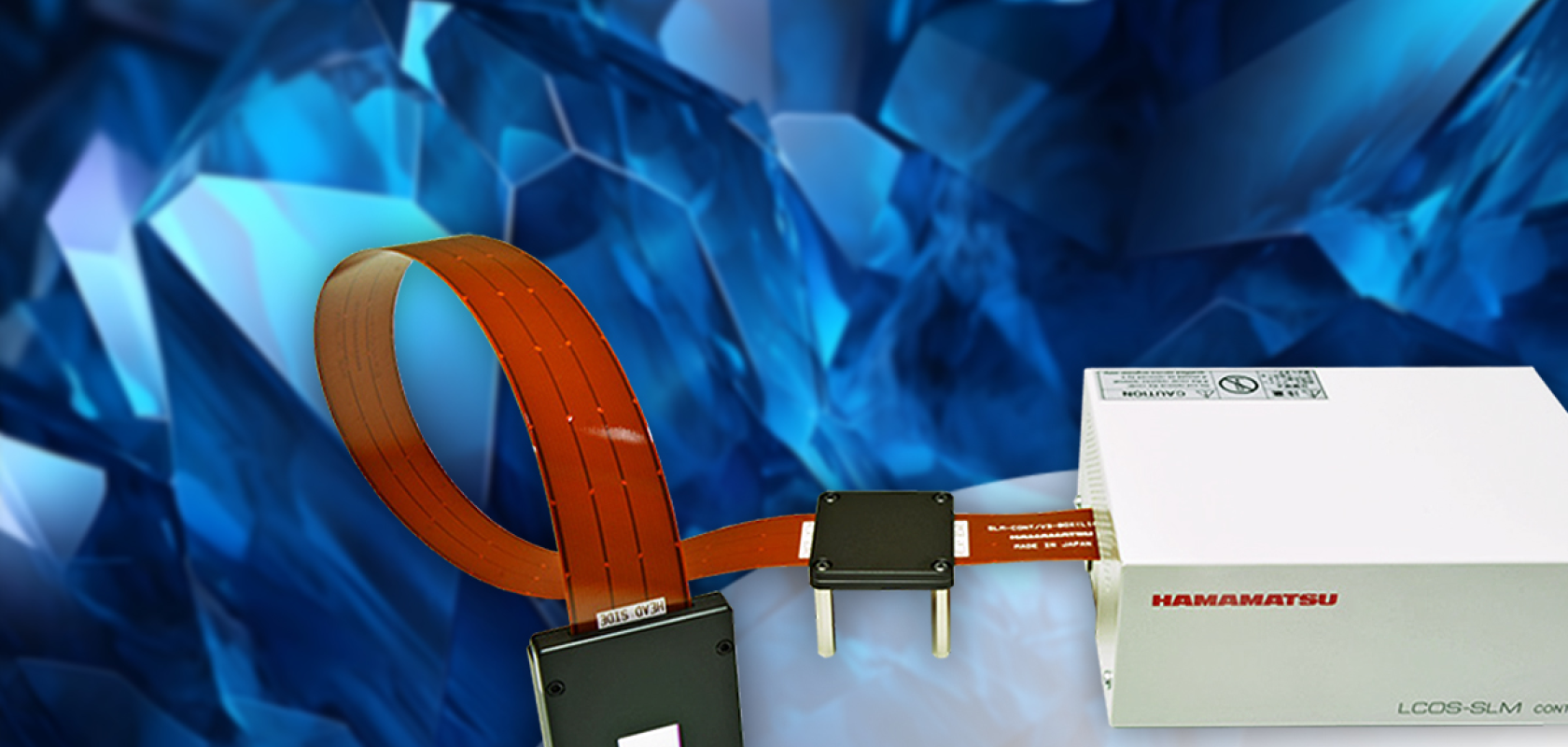On-demand webcast - Unlocking efficiency and precision: Harnessing high-power SLMs for advanced materials processing

Hamamatsu Photonics’s latest generation of LCOS spatial light modulators
Webcast supported by
Spatial light modulators (SLM) are used to spatially modulate the amplitude and phase of an optical wavefront in two dimensions. SLMs have uses in a multitude of use cases, such as research and academia, optical computing, manufacturing and laser micro processing applications.
In materials processing applications there is the need for higher power in order to undertake multi point processing in order to speed up the process and maximise profit. This webinar offers a look at some of the latest technological developments in SLM for materials processing and how it can help make the process more efficient for OEMs.
Who should attend?
Heads of R&D, CTOs and engineers at OEM companies working in industrial materials processing.
Speakers

Naveen Balla
Technical Marketing Engineer, Hamamatsu Photonics
Naveen has been with Hamamatsu Photonics Europe for three years. He is responsible for management of laser products and certain UV light sources. Naveen is also involved in analysis and development of business in Europe. Prior to his role at Hamamatsu Photonics, Naveen worked briefly as an optical engineer at Valeo Vision Systems and has accumulated a number of years of research experience in microscopy and ultrafast spectroscopy.
In his talk, LCOS-SLM based beam shaping solutions for laser material processing, Naveen will discuss how Hamamatsu Photonics’s latest generation of LCOS spatial light modulators featuring high damage threshold can help with the demands of materials processing applications. The combination of expertise in semiconductor laser manufacturing technologies and photonics allows Hamamatsu Photonics to provide custom laser systems for diverse customer needs. As industrial applications of lasers are growing, Hamamatsu Photonics is moving from laser systems to solutions by working closely with stakeholders in multiple market segments.
Naveen will also introduce the SPOLD (spot laser diode) family, which is ideal for laser processing applications, and has also found use cases in a diverse range of industries, from electronics manufacture to laser welding of ECPs.

Thomas Niedereichholz
Business Development Manager, Advanced Laser Processing, Life Science and Spectroscopy Solutions at Hamamatsu Photonics Deutschland
Thomas has been with Hamamatsu Photonics since 2002 and so has gathered more than 20 years of experience in the field of Photonics systems and components. With his scientific background in physics mainly optics, pulsed laser systems and spectroscopy he now develops the business for dynamic beam shaping with LCOS Spatial Light Modulators in various application fields ranging from super resolution microscopy over quantum optics to the emerging field of applying beam shaping technologies in laser material processing
LCOS Spatial Light Modulators are an ideal tool for fully flexible and dynamic beam shaping.
Thanks to thorough research and development in this technology, we are able to leverage high-laser power to improve efficiency in industrial manufacturing. Over the past decade, there has been significant advancement in material processing using ultrashort laser pulses, and it is now beginning to unveil its scientific, technological, and industrial capabilities. Cutting-edge ultrashort laser processing techniques enable spatial resolution ranging from 0.1 to 1 μm and possess nearly limitless three-dimensional structuring capability. The wide range of adjustable parameters such as pulse duration, spatiotemporal chirp, phase front tilt, and polarisation allow precise control of photo modification through a uniquely expansive parameter space. Aside from these new possibilities, one major hurdle for the industry justifying investments in this technology is still the processing speed. Thomas’s presentation will tackle this challenge by giving useful examples of how LCOS-SLM enables the advantages covered while helping the processing speed.

Martin Kratz, M.Sc.
Team Leader, Fraunhofer Institute for Laser Technology ILT
Martin Kratz studied Physics at RWTH Aachen University from 2011 to 2016. Since August 2017, he has been working as a research assistant at the Chair of Laser Technology LLT at RWTH Aachen University in the group "Fundamentals of Micro- and Nanostructuring". The ex and in situ analysis of ultrashort pulsed (USP) laser processing of transparent materials as well as temporal and spatial beam shaping methods were his core topics. In January 2022 he started at Fraunhofer Institute for Laser Technology ILT as team leader of the team “Transparent Materials” in the group of “Micro- & Nanostructuring.” The development and scaling of ultrashort pulsed laser material processes for transparent materials is currently the focus of his research and development activities, in particular the use of flexible beam shaping with high average laser powers.
In his talk, High-power ultrashort pulsed laser materials processing with flexible beam shaping, Martin will discuss the partnership between Hamamatsu Photonics and the Fraunhofer Institute for Laser Technology ILT in Aachen, and how it resulted in an application lab for advanced laser material processing with ultrashort pulsed (USP) laser radiation. He will give an overview of current developments in laser material processing with high-power spatial light modulators (SLM), starting with methods for calculating beam shapes, characterisation of the high-power SLM and the necessary synchronous control of system technology by microservices, and ending with the first-time right ablation of metal cavities with average USP laser powers up to 160W. He will also talk about the demonstration setup for Hamamatsu Photonic’s SLMs, as well as some of the results and services offered at the lab.


